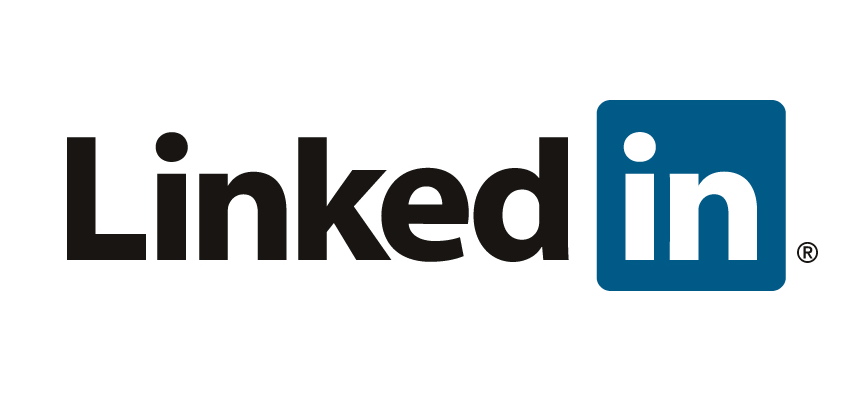Time for Step 6 of the “Beginner’s Medical Writing” series – a step-by-step guide to getting yourself started in freelance medical writing – an extremely basic guide for making the first move into medical writing.
If you’re just arriving, feel free to check out the earlier steps:
Back in Step 3 I urged you to consider using some form of social media for your work. This is especially useful for those of you working freelance, but is also helpful even if you’re getting into medical writing and intend to work as a full time employee somewhere.
If you only wanted to use one networking site, LinkedIn would be the one I’d advise. Launched in 2003, this is one of the oldest of the social networks, and is the one most used for business – and it recently stole the spot as 2nd largest social network from MySpace.
The principle behind LinkedIn kind of reminds me of online dating. You create a profile that describes you at your most stellar, and make connections with professionals in similar industries, or anyone who you think could potentially be a useful contact for you.
Advantages Of LinkedIn
- It’s low-maintenance: With Twitter and Facebook, you need to maintain somewhat of a regular presence to get the best use out of them. With LinkedIn, however, the majority of your effort is required in just setting up your profile. Then it just requires occasional tweaks – inviting new networking connections, adding new employers to your resume, sharing occasional links to useful articles or sites. So it doesn’t require you to do much at all.
- It’s an online business profile for you: Even if you don’t have a website or blog, you can certainly advertise yourself very effectively on LinkedIn.
- Job searching: Not only do many employers advertise vacancies on LinkedIn, but many also search the site for prospective candidates to see if they can cherry-pick someone appropriate for their needs. Another reason to make sure that your profile is as perfect as possible there!
Getting the most out of LinkedIn
- Create a profile that’s as complete as possible: This is your online resume, so flaunt yourself! Adding as much detail as possible will increase the likelihood that your usefulness can be spotted. LinkedIn also has an option to enable you to upload a pdf version of your resume. Add a photo too – it makes you much more “real”! If you do have a website, blog or a Twitter profile, you can share these on your profile page too. And if you use Twitter, you can activate your settings so that your tweets show up on your profile page.
- Ask for testimonials: If former colleagues or employers also use LinkedIn, ask them to give you a testimonial on the site. Every little helps.
- Add connections: Chances are, you’ll already know someone to add to your LinkedIn connections list, so start there! Feel free to connect there with me too. My advice is to gradually add as many people as possible. You’ll find that random people will start sending you invites to connect – and you can do the same too, as you come across more people who you feel might be useful to network with.
- Join groups: LinkedIn has a group networking facility too – various groups have been set up by other members or organizations, and you simply “request to join” any that take your fancy. For instance, I’ve joined the AMWA group, as well as my local AMWA New England Chapter group (although you have to actually be paid members of AMWA itself to join these on LinkedIn). But there are numerous others such as “Science Writers”. You simply search under “groups” in the search box to see what is available. And another good way to find new groups is to look at which ones your connections have joined – this is displayed on their profile.
- Share: Once you’ve joined groups, you’ll be able to share links or even just comments for discussion, or questions on their page. If you don’t like the idea of doing this as soon as you join the site, start off by simply joining in on any discussions that pop up. That way you’ll be unofficially introducing yourself gradually, and soon you’ll feel better about sharing something with the group. Even something as simple as sharing a useful site or article that you come across can be helpful for others there.
- Job search: The search box allows you to search for jobs too. Many companies are now advertising their vacancies on LinkedIn, so it’s a great place to network. Also, recruiters will often post jobs on the discussion board of some group pages, so that’s another good source of positions.
Some Useful LinkedIn Links!
Miriam Salpeter is one of my favorite online job coaches, and her blog contains a lot if useful material about social networking for business.
I also came across this free, downloadable chapter of her book: “Social Networking For Career Success” which has some useful information in it for using LinkedIn.
And hot off the press, I just discovered How To Get Around In LinkedIn (via Twitter!).
So go ahead, set up your profile on LinkedIn, and please feel free to join me there. And if it all seems like a lot of work to do at once, why not just devote 20 minutes each day to it until you’ve completed it?


Follow Me!